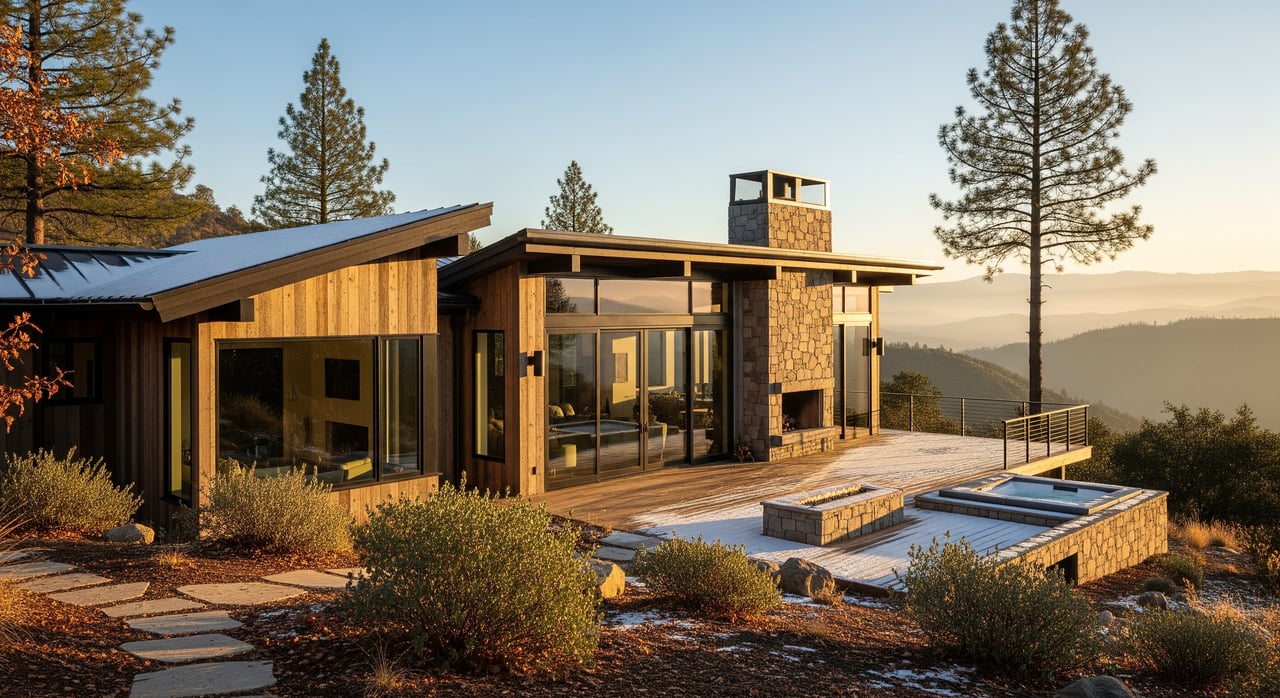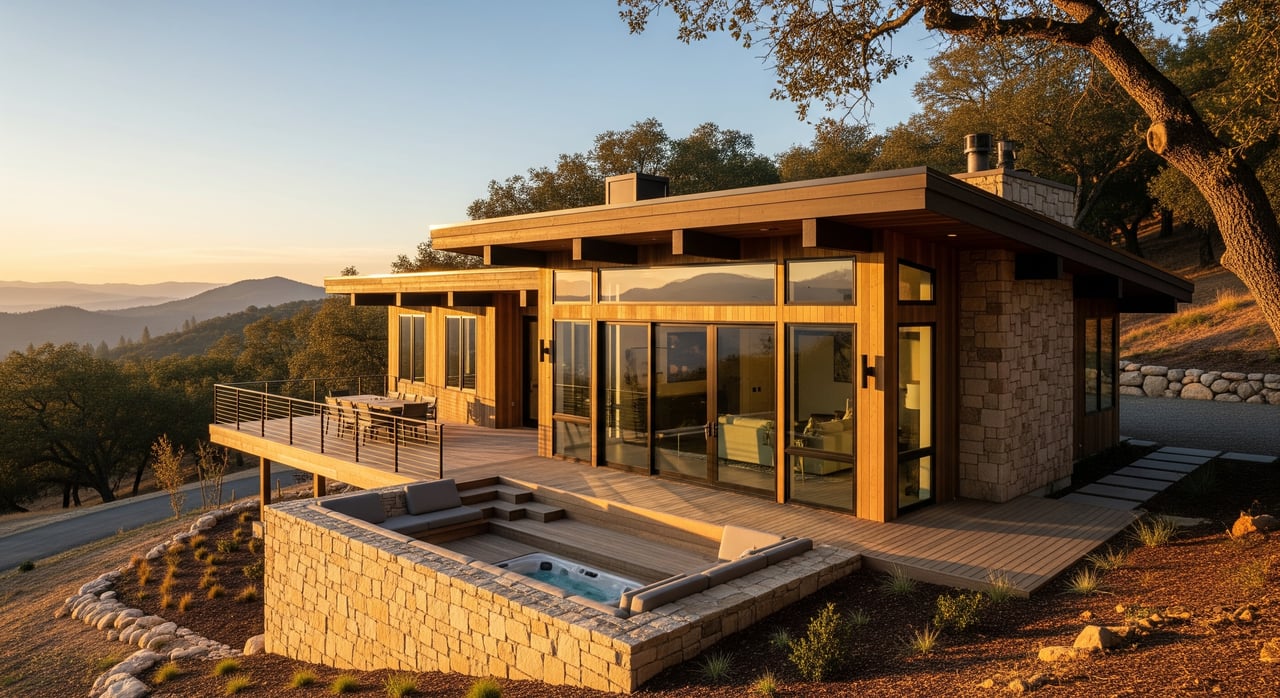Tuolumne County, located in the heart of California's Gold Country, is a treasure trove of historical sites that offer a glimpse into the rich past of the region. Known for its pivotal role during the California Gold Rush, the county is dotted with landmarks that tell stories of adventure, ambition, and transformation. Exploring these sites provides a unique opportunity to connect with the history that shaped not only the local area but also the broader American West.
Columbia State Historic Park
Columbia State Historic Park is a living museum that transports visitors back to the 1850s. This meticulously preserved Gold Rush town features original buildings, including a blacksmith shop, a saloon, and a general store. The park offers interactive experiences such as gold panning and stagecoach rides, allowing visitors to engage with history in a hands-on manner. The park's dedication to authenticity makes it a standout destination for history enthusiasts and families alike.
Railtown 1897 State Historic Park
Railtown 1897 State Historic Park in Jamestown is a must-visit for train aficionados and history buffs. This park is home to one of the few remaining steam-powered short-line railroads in the country. Visitors can explore the historic roundhouse and machine shop, which have been preserved to showcase the industrial heritage of the area. Seasonal train rides offer a unique way to experience the scenic beauty of the Sierra Nevada foothills while learning about the pivotal role railroads played in the development of California.
Tuolumne County Museum and History Center
Located in the county seat of Sonora, the Tuolumne County Museum and History Center is housed in a former jail building dating back to 1857. The museum's exhibits cover a wide range of topics, from Native American history to the Gold Rush era and beyond. Artifacts, photographs, and documents provide a comprehensive overview of the county's past. The museum also hosts special events and educational programs that delve deeper into specific aspects of Tuolumne County's history.
Groveland Yosemite Gateway Museum
The Groveland Yosemite Gateway Museum serves as an introduction to the natural and cultural history of the region. Situated near the entrance to Yosemite National Park, the museum features exhibits on the area's Native American heritage, the Gold Rush, and the development of the national park. The museum's location makes it an ideal stop for visitors heading to Yosemite, offering insights into the broader historical context of the region.
Jamestown Historic District
Jamestown, another key town in Tuolumne County, boasts a historic district that captures the essence of a Gold Rush community. The district is lined with well-preserved 19th-century buildings, many of which now house antique shops, restaurants, and galleries. Walking tours provide an opportunity to learn about the town's history and its role in the Gold Rush. The district's charm and historical significance make it a popular destination for visitors seeking an authentic Gold Country experience.
Chinese Camp
Chinese Camp is a small community with a rich history that reflects the diverse cultural influences of the Gold Rush era. Once a bustling mining town, Chinese Camp was home to a significant Chinese population, who contributed to the area's development. The town's historic buildings, including a Chinese temple and a schoolhouse, offer a glimpse into the lives of its early residents. Exploring Chinese Camp provides a deeper understanding of the multicultural dynamics that shaped Tuolumne County.
Sonora Historic District
Sonora, known as the "Queen of the Southern Mines," is a vibrant town with a historic district that showcases its Gold Rush heritage. The district features a variety of architectural styles, from Victorian to Italianate, reflecting the prosperity of the era. Visitors can explore the town's history through its museums, shops, and historic sites. Sonora's lively atmosphere and well-preserved buildings make it a captivating destination for those interested in California's past.
Hetch Hetchy Railroad Museum
The Hetch Hetchy Railroad Museum in El Portal offers a unique perspective on the history of transportation and infrastructure in the region. The museum focuses on the construction of the Hetch Hetchy Railroad, which was built to support the development of the Hetch Hetchy Reservoir. Exhibits include photographs, maps, and artifacts related to the railroad and the reservoir project. The museum provides valuable insights into the engineering feats that transformed the landscape of Tuolumne County.
Big Oak Flat
Big Oak Flat is a historic community that played a significant role during the Gold Rush. The town's history is reflected in its remaining historic structures, including a church and several homes. Big Oak Flat serves as a gateway to the Stanislaus National Forest and Yosemite National Park, making it a convenient stop for travelers interested in both history and nature. The town's historical significance and scenic location make it a noteworthy destination in Tuolumne County.
Twain Harte
Twain Harte is a charming mountain community named after authors Mark Twain and Bret Harte, who both wrote about the Gold Rush era. While the town itself is more modern, its history is deeply connected to the surrounding area. Visitors can enjoy the natural beauty of the Sierra Nevada while reflecting on the literary and historical connections that make Twain Harte a unique part of Tuolumne County. The town's blend of history and outdoor recreation offers a well-rounded experience for visitors.
Discover the Charm of Tuolumne County
Exploring the top historical sites in Tuolumne County, CA, offers a glimpse into the rich past and vibrant culture of this beautiful region. From Gold Rush towns to scenic landmarks, there's something for everyone to enjoy. Whether you're a history buff or just looking for a unique adventure, Tuolumne County has plenty to offer. If you're considering making this charming area your home, reach out to Yana Vass for expert real estate guidance tailored to your needs.



